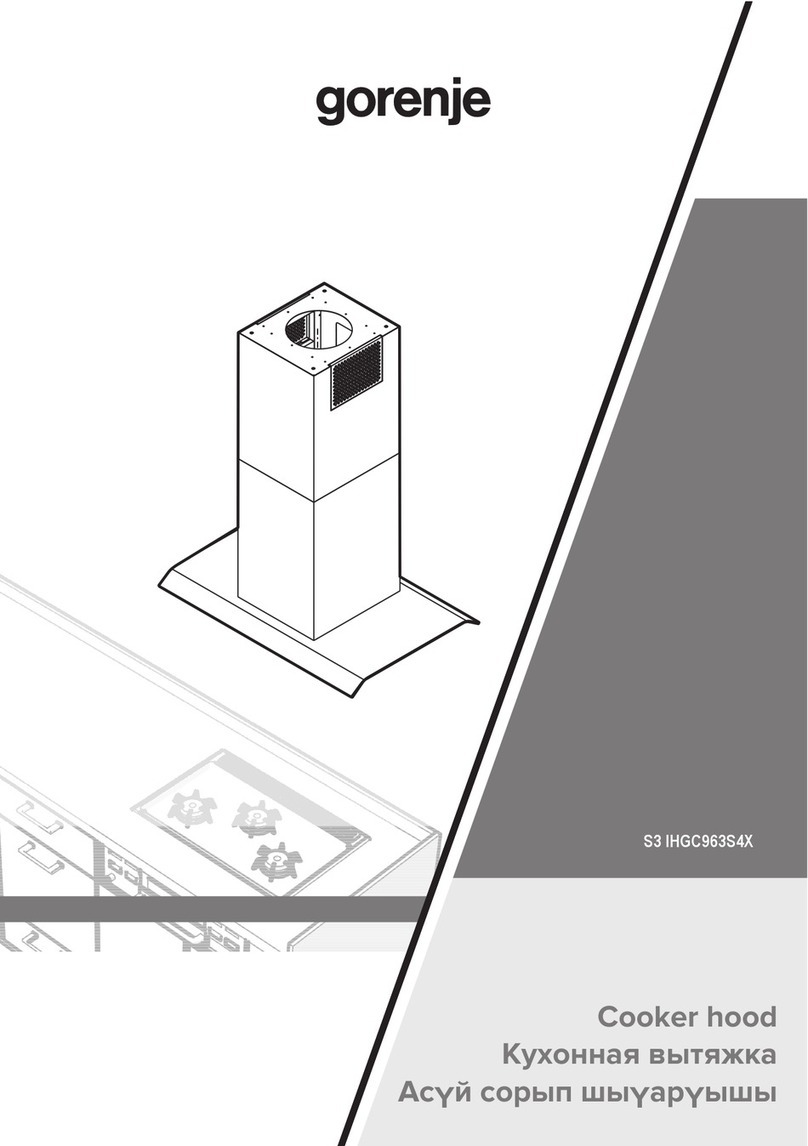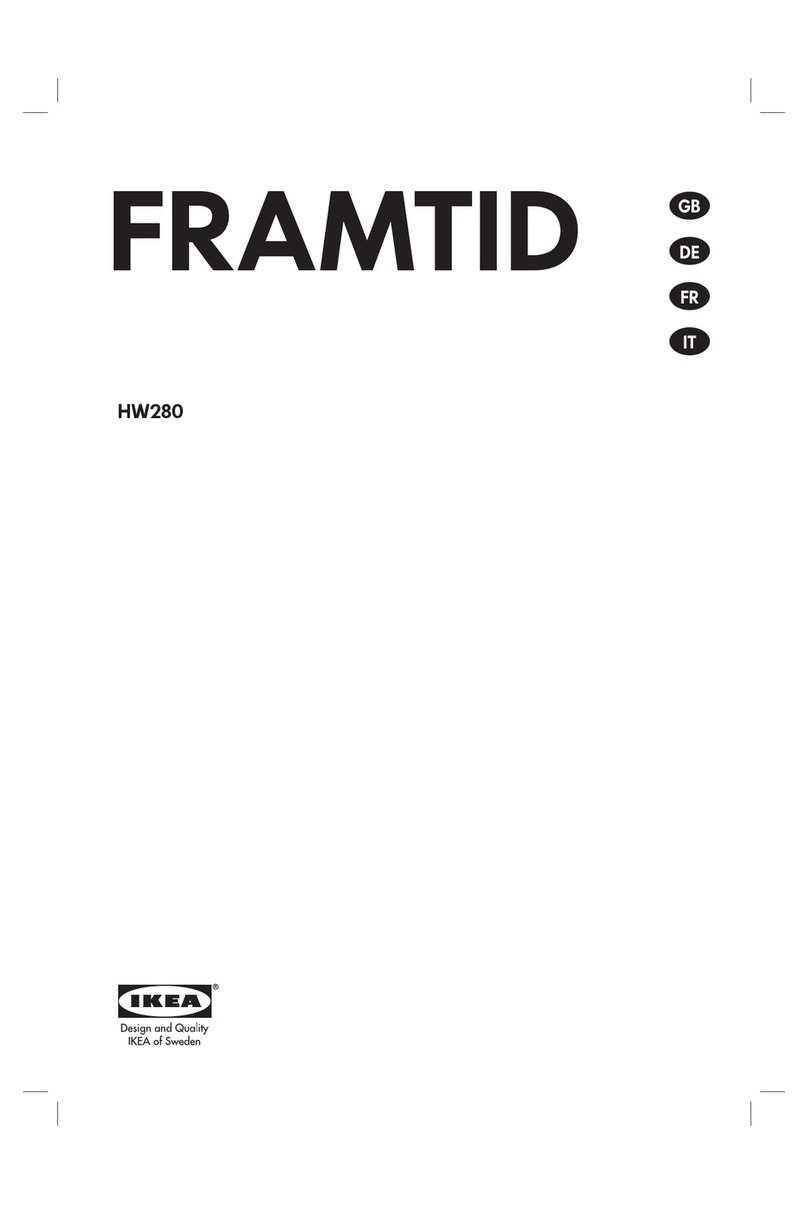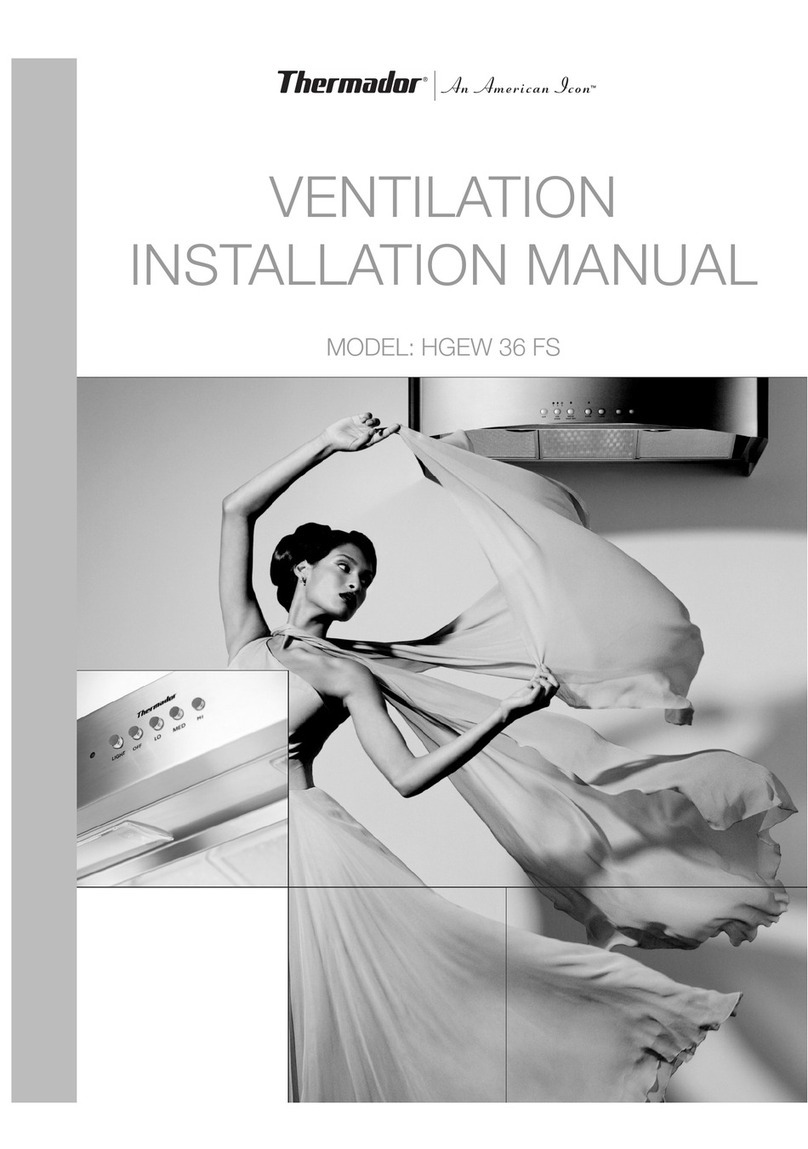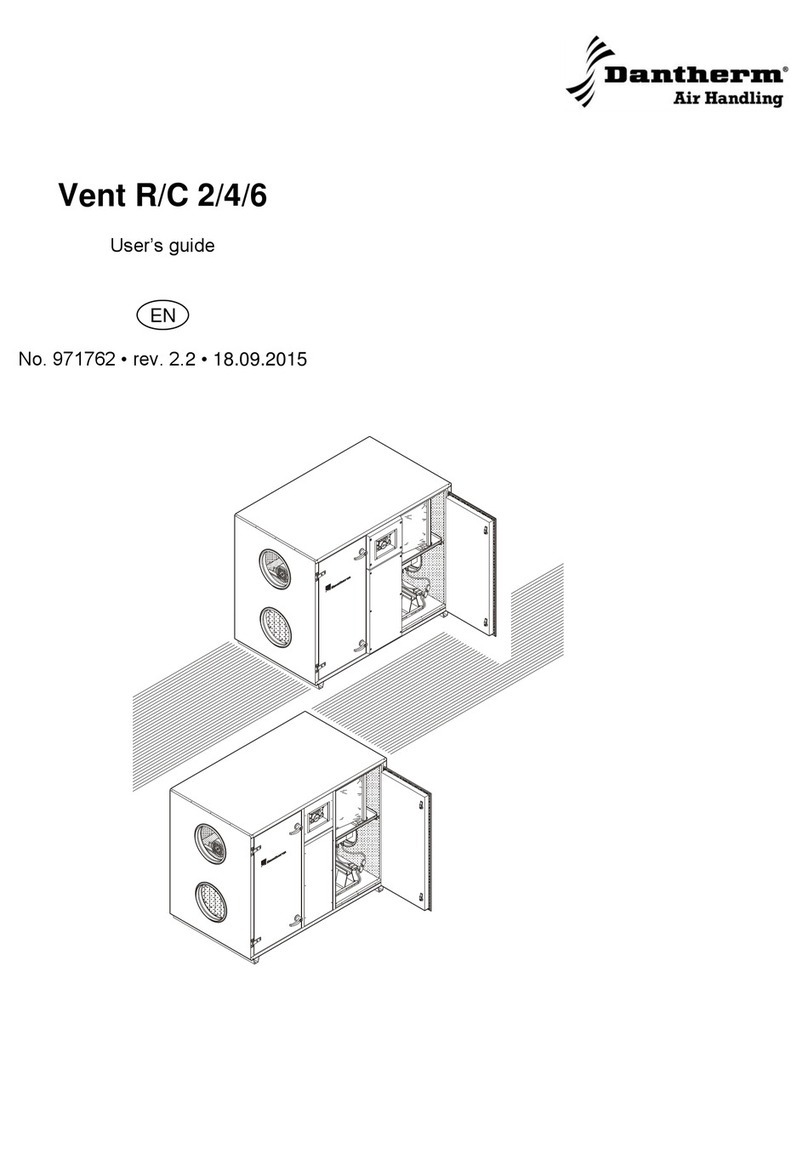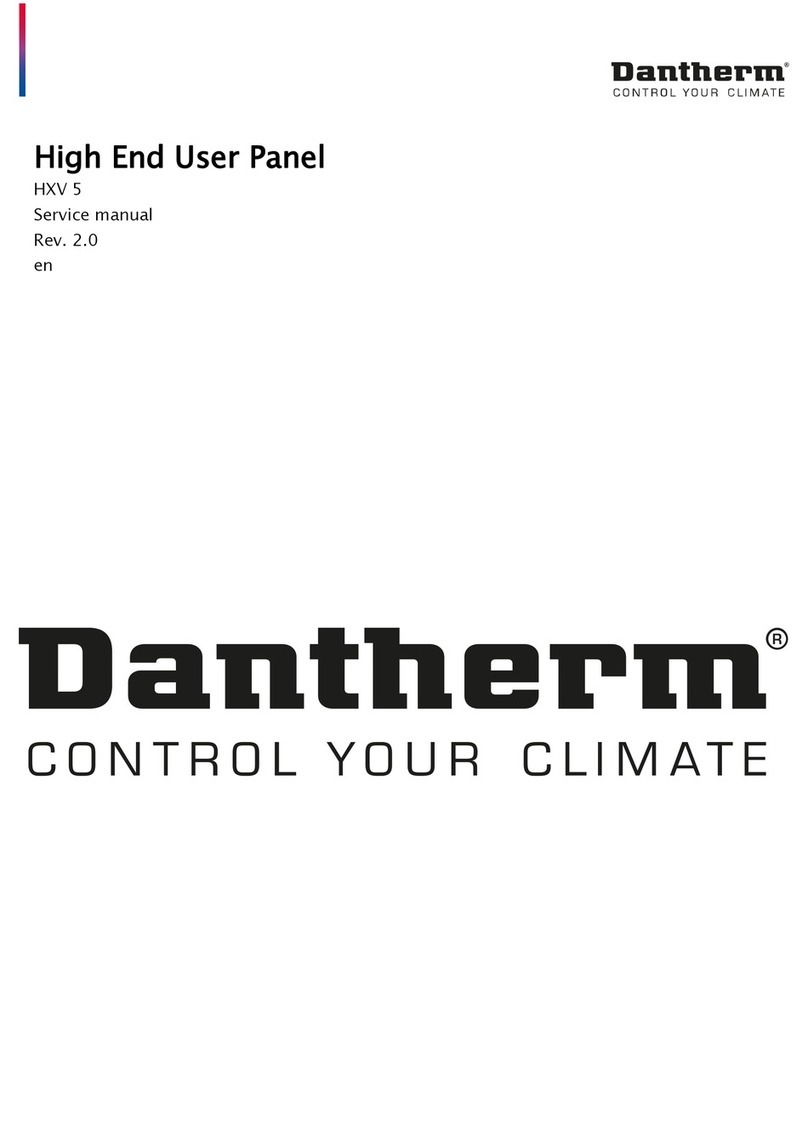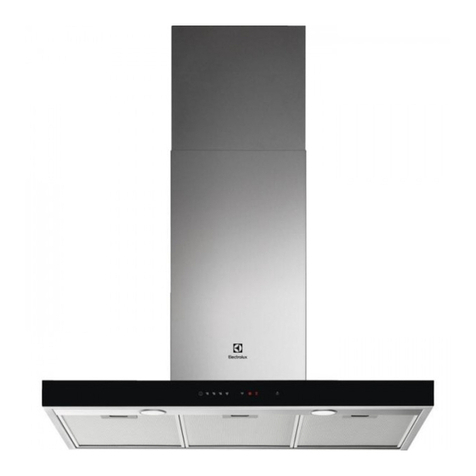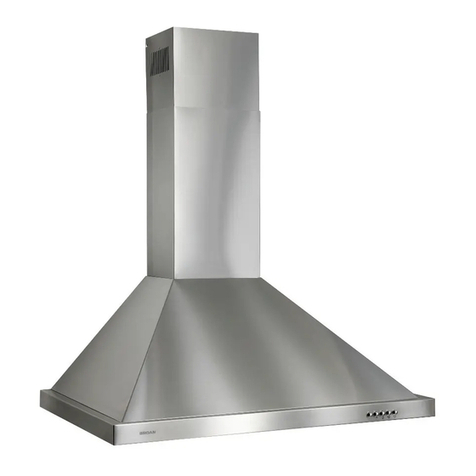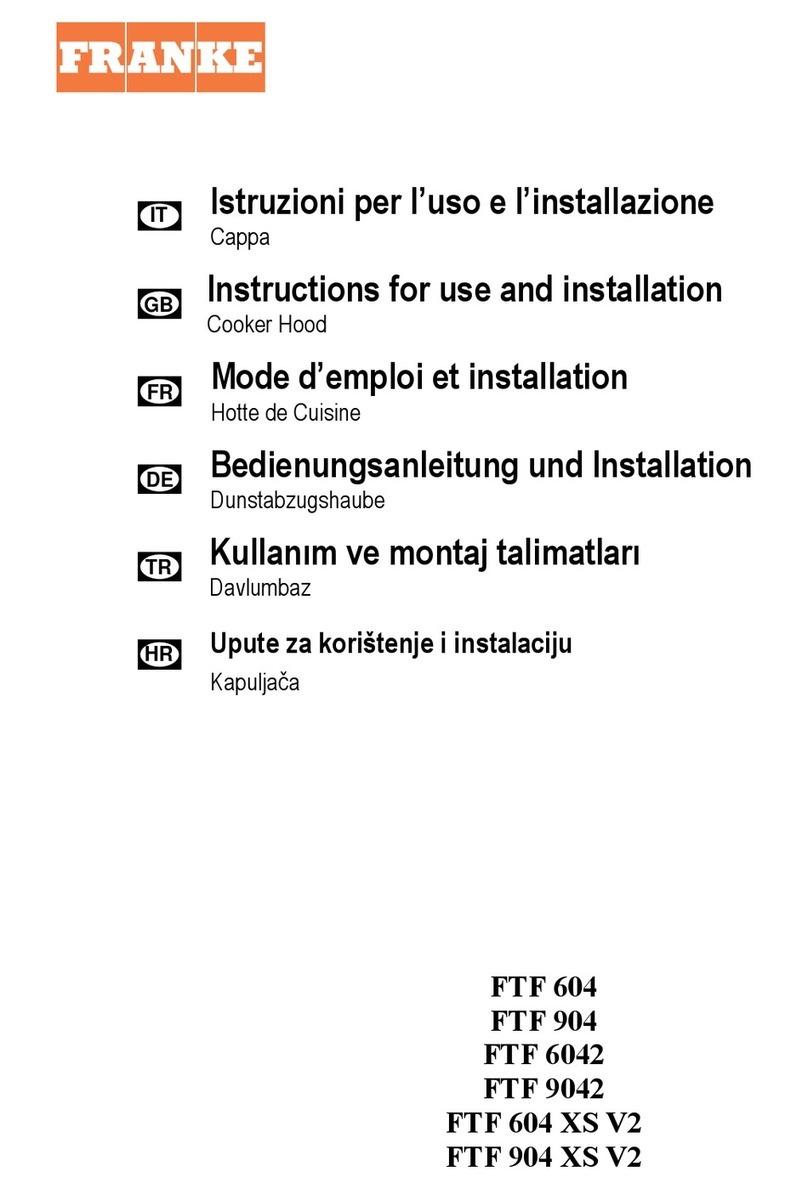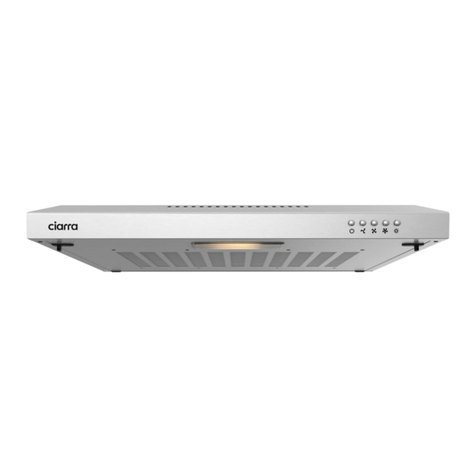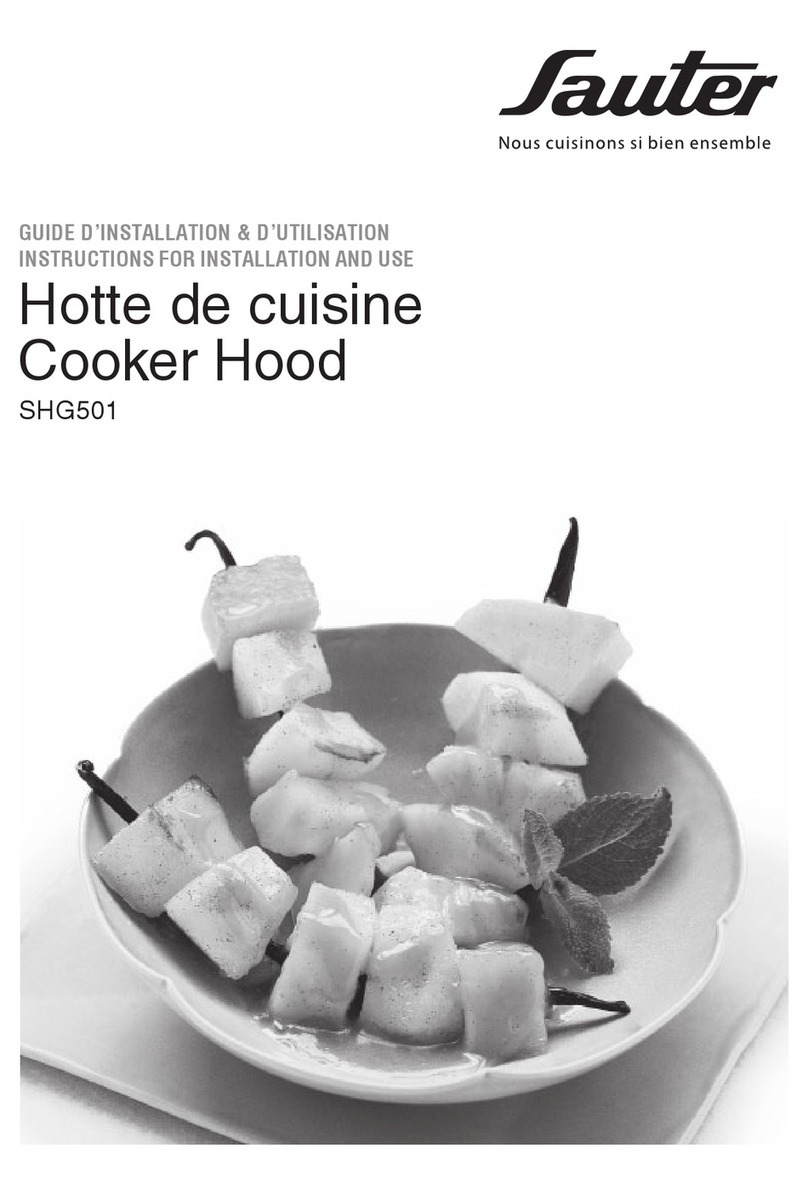
3
093683• Version 1.4• 19.04.2017
Introduction
Overview
Introduction This is the service manual for the Dantherm Air Handling A/S
home ventilation unit type HCV300.
Table of contents This manual covers the following topics:
Introduction ..................................................................................................................3
Overview ................................................................................................................3
General information ...............................................................................................4
Product description .......................................................................................................5
General description ................................................................................................5
Description of parts ...............................................................................................8
Description of additional equipment ....................................................................10
Electronic control .................................................................................................11
System operation strategy....................................................................................14
Installation ..................................................................................................................15
Wall mounting......................................................................................................16
Drain....................................................................................................................17
Duct positioning ..................................................................................................18
External connections............................................................................................20
Changing the air flow path...................................................................................21
Calibration ...........................................................................................................23
Setting operating parameters ...............................................................................24
Firmware update ..................................................................................................25
User's guide ................................................................................................................26
General ventilation functions................................................................................27
Use of control panel. ............................................................................................28
Use of LAN interface.............................................................................................30
Service guide...............................................................................................................31
Overview ..............................................................................................................31
Preventative maintenance.....................................................................................32
Troubleshooting...................................................................................................35
Spare parts list .....................................................................................................37
Wiring Diagram ....................................................................................................41
Contact Dantherm................................................................................................43
